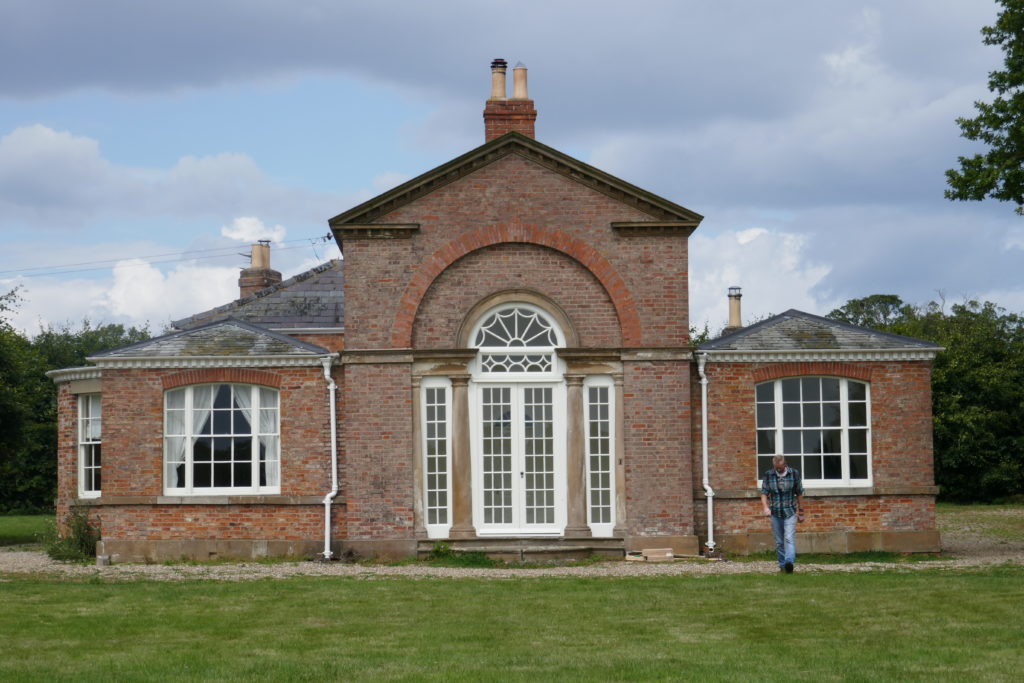
Zoological Gardens in towns like Kingston upon Hull were historically a stepping stone between private menageries and public ones in municipal parks where viewing the wildlife was free to all who came to the park. Two steps back were private menageries which might be outdoor cages and enclosures or where the ‘exhibits’ were housed in a purpose-built building such as the surviving building in the grounds of Burton Constable Hall in Holderness, East Riding of Yorkshire. The creatures housed here were for the residents of the Hall and guests only to see, this apart from members of staff in whose care the animals were.
So when municipal parks came along, 1830s onwards, one option was whether or not to have a mini zoo in the park’s grounds, an option that had a considerable impact on the running costs. Hull’s early municipal parks – Pearson, East and West – were all given such an investment, although in slightly different formats. Indeed, to this day East and West Parks retain animal enclosures, as does the later Pickering Park. The enclosures at Pickering Park have recently been redesigned and rebuilt with a new colony of meercats in a specially designed enclosure possibly take centre stage. At East Park the Animal Education Centre has some spacious enclosures while the cages at West Park underwent some improvements a few years ago, these for parakeets, some non-native ducks, cranes, peacock, finches etc., with also an enclosure for two wallabies and two emu. Some attempt is made to provide ‘entertainment’ for the caged birds, all of which have access to a dry home at the rear of the cage.
Details of the animals and birds living at Pearson Park in late Victorian times and up to the Great War are particularly comprehensive.
To be continued.